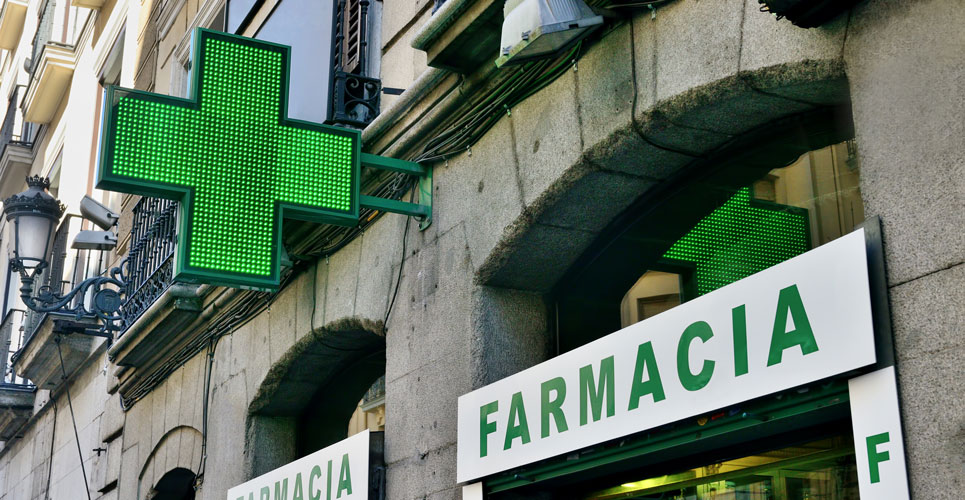During the COVID-19 pandemic in Spain, pharmacists developed a protocol to ensure that patients received hospital-dispensed medicines via a community pharmacy delivery service.
This cross-sectional study describes the implementation of the delivery service and the feedback received from patients accessing it.
After the introduction of a national lockdown in many European countries, many patients were unable to attend hospital pharmacies to collect their medication. As a result, pharmacists at the Pharmacy Department of the Juan Ramon Jimenez University hospital, Huelva, Spain, worked with community pharmacists in the locality to develop a delivery service for hospital medicines.
Patients voluntarily requested to become part of the service and presented a medical report to their local community pharmacist. These medication details were then emailed to the hospital pharmacists who reviewed the patient’s electronic medical record. Where any changes were required, this was communicated directly to the patient through a telemedicine service via the telephone.
Packaged medicines were then delivered to the patient’s community pharmacy of choice where it was given to the patient. In an effort to gain some feedback, patients were invited to participate in a follow-up telephone questionnaire to assess their level of satisfaction with the service.

The questionnaire enquired about whether using the delivery service made them feel safer, if they would re-use the service and if they would like it to continue in the future. Finally, patients were asked to rate their level of global satisfaction with the service on a scale of 1 to 10.
Findings
Requested medicines included erythropoiesis-stimulating agents, anti-retroviral drugs, oral anticancer drugs and those for rheumatological disorders. A total of 1186 patients accessed the service and there were 1685 dispensing episodes, as some patients used the service more than once.
A total of 125 patients (10.5% of the total using the service) agreed to participate in the follow-up questionnaire and the mean global satisfaction score was 9.83. In addition, 99% of respondents felt safer not having to go the hospital, 100% reported wanting to use the service again and 96.7% wanted it to continue.
There were only 10 incidents related to the service including no delivery, dosing errors, wrong formulation and wrong patient, though all were satisfactorily resolved. The authors concluded that while highly valued by patients, moving forward, it would be necessary to try and identify which patients were most likely to benefit from such a service.
Citation
Bejarano AP et al. Implementation of a novel home delivery service during pandemic. Eur J Hosp Pharm 2020 doi:10.1136/ ejhpharm-2020-002500.

